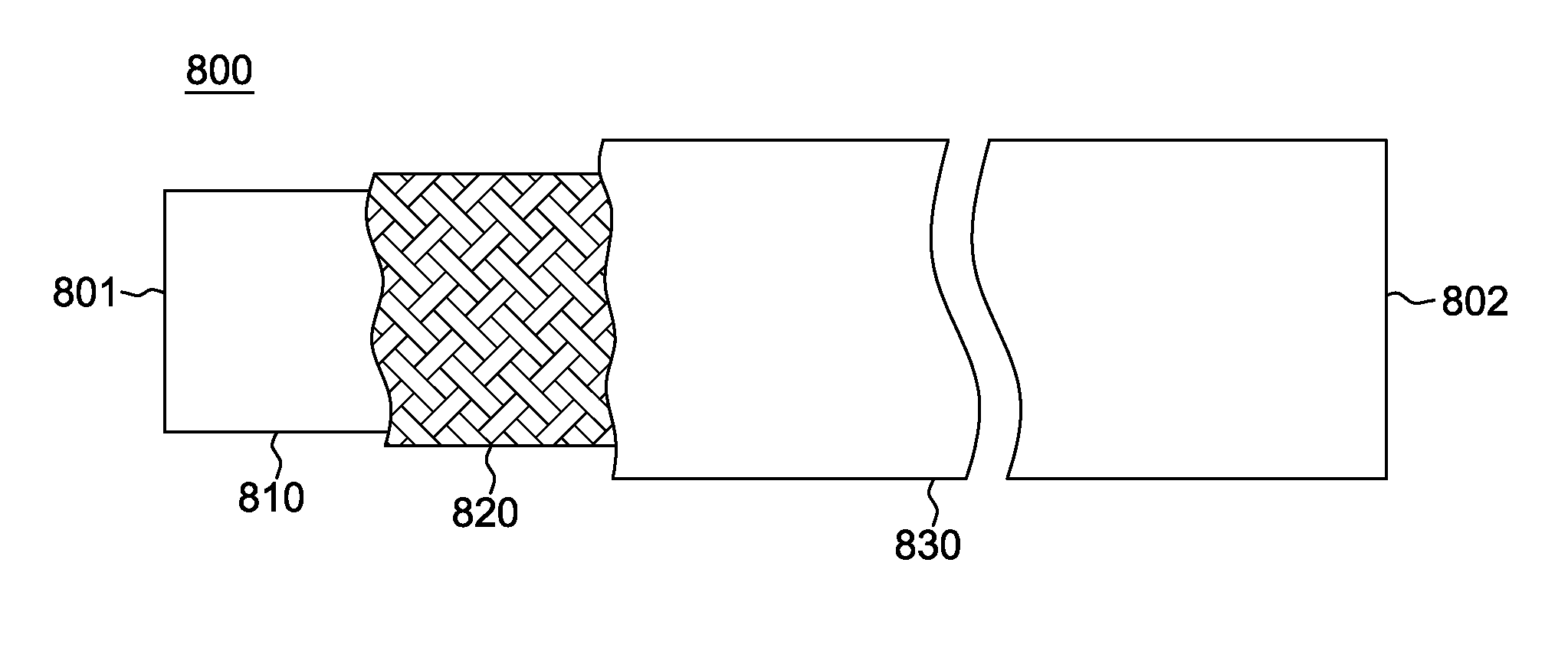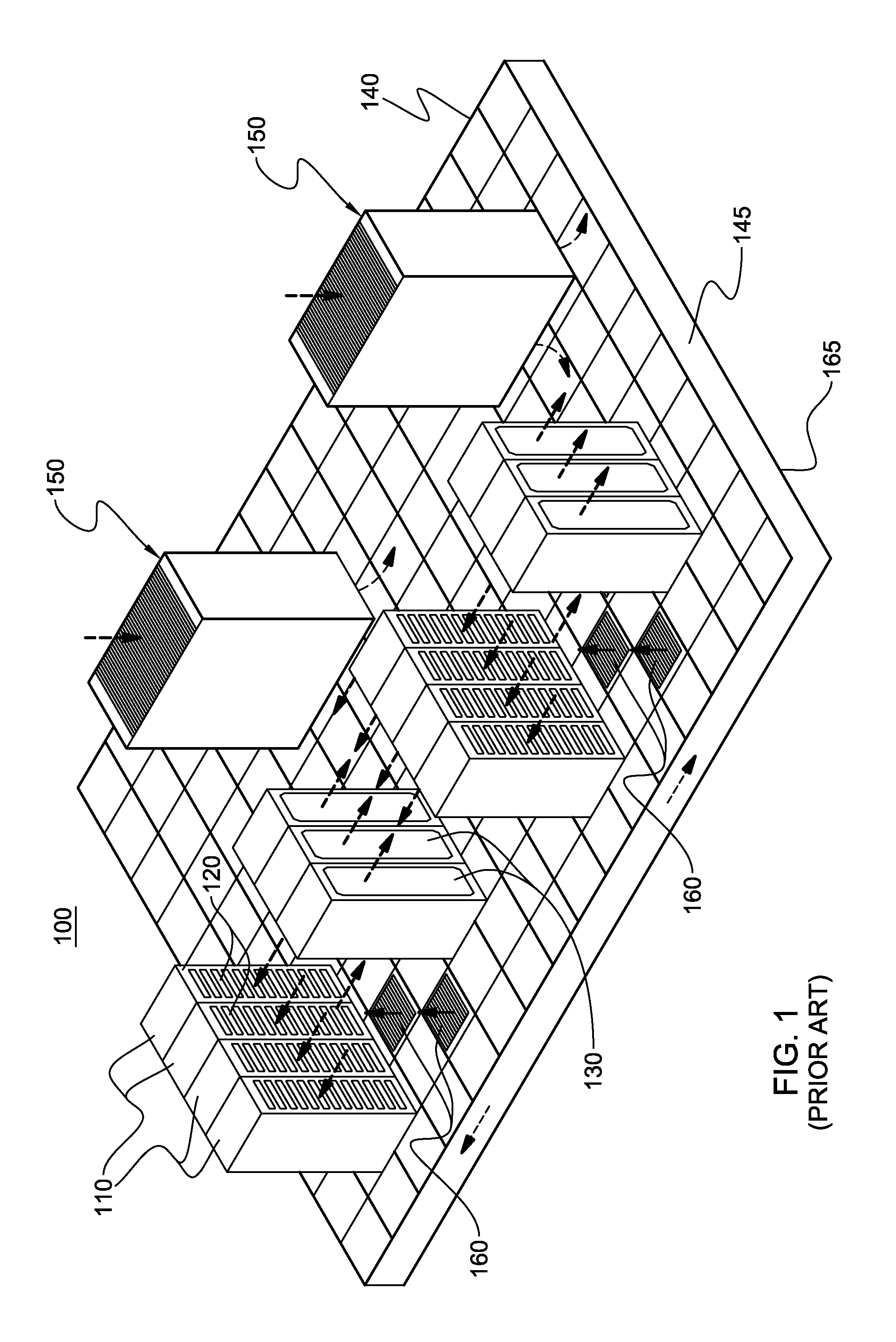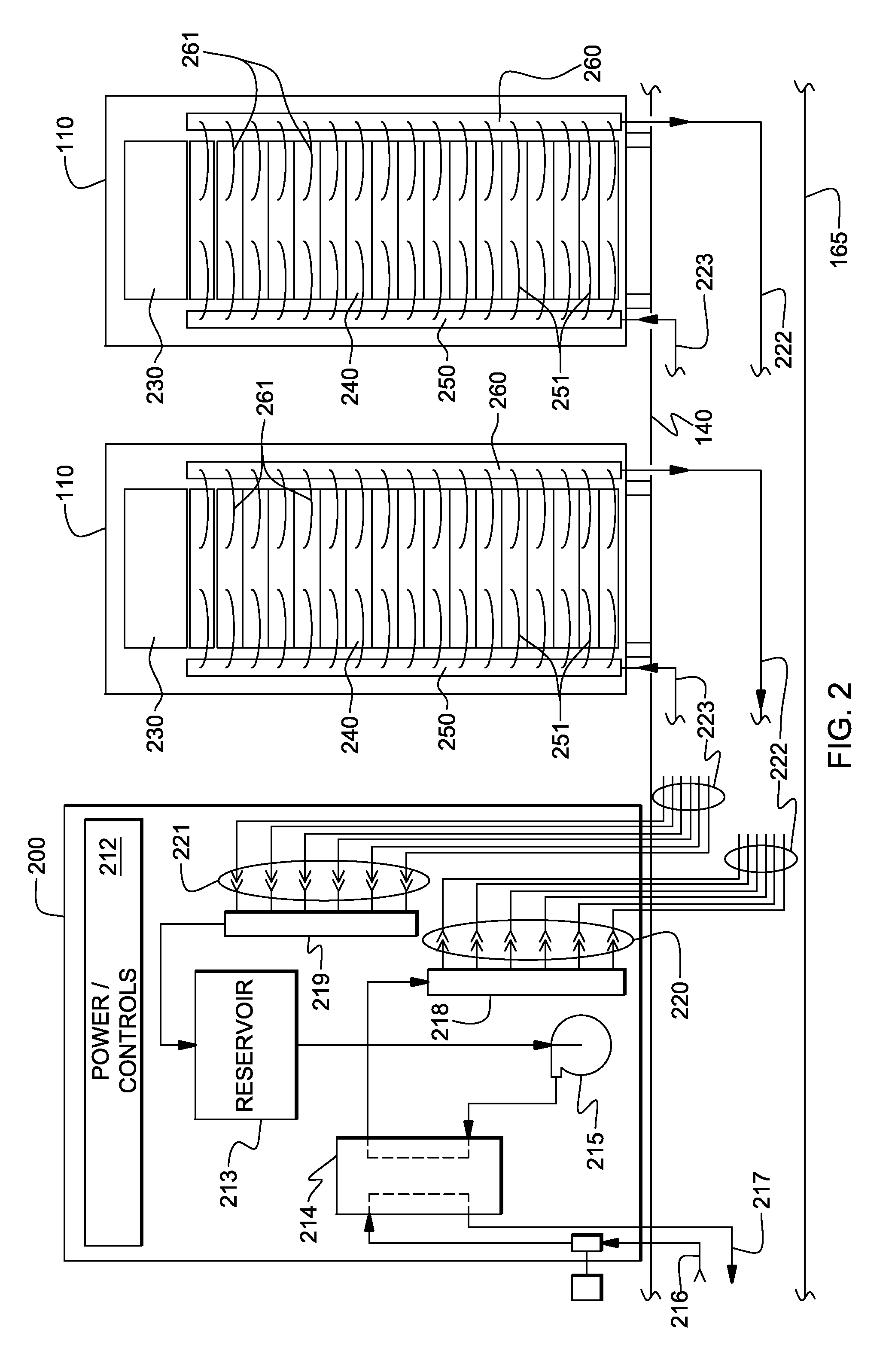Formed hose with different fiber-reinforced regions
a fiber-reinforced region and hose technology, applied electrical apparatus construction details, instruments, etc., can solve the problems of recirculation problems, significantly higher rack inlet temperatures than expected, and become problematic in the direction of hose connection,
- Summary
- Abstract
- Description
- Claims
- Application Information
AI Technical Summary
Benefits of technology
Problems solved by technology
Method used
Image
Examples
Embodiment Construction
[0028]Generally stated, provided herein are certain novel formed hose configurations and methods of fabrication thereof for facilitating forming a mechanical, fluid-tight connection with a hose barb fitting for, for example, use within a liquid-cooling apparatus providing coolant to one or more electronic subsystems within an electronics rack. The mechanical, fluid-tight connection is formed between a specially-configured, formed hose and a hose barb fitting. The formed hose is a permanently-shaped, partially-deformable, reinforced hose, formed with one or more permanently-curved or bent portions intermediate first and second ends of the hose. The formed hose advantageously includes different fiber-reinforcement regions along its length, with greater fiber-reinforcement density being provided in selected reinforcement regions, including at the first and second end regions of the formed hose. This greater fiber-reinforcement density at the formed hose ends ensures a better mechanical...
PUM
| Property | Measurement | Unit |
|---|---|---|
| Time | aaaaa | aaaaa |
| Length | aaaaa | aaaaa |
| Density | aaaaa | aaaaa |
Abstract
Description
Claims
Application Information
 Login to View More
Login to View More - R&D
- Intellectual Property
- Life Sciences
- Materials
- Tech Scout
- Unparalleled Data Quality
- Higher Quality Content
- 60% Fewer Hallucinations
Browse by: Latest US Patents, China's latest patents, Technical Efficacy Thesaurus, Application Domain, Technology Topic, Popular Technical Reports.
© 2025 PatSnap. All rights reserved.Legal|Privacy policy|Modern Slavery Act Transparency Statement|Sitemap|About US| Contact US: help@patsnap.com



